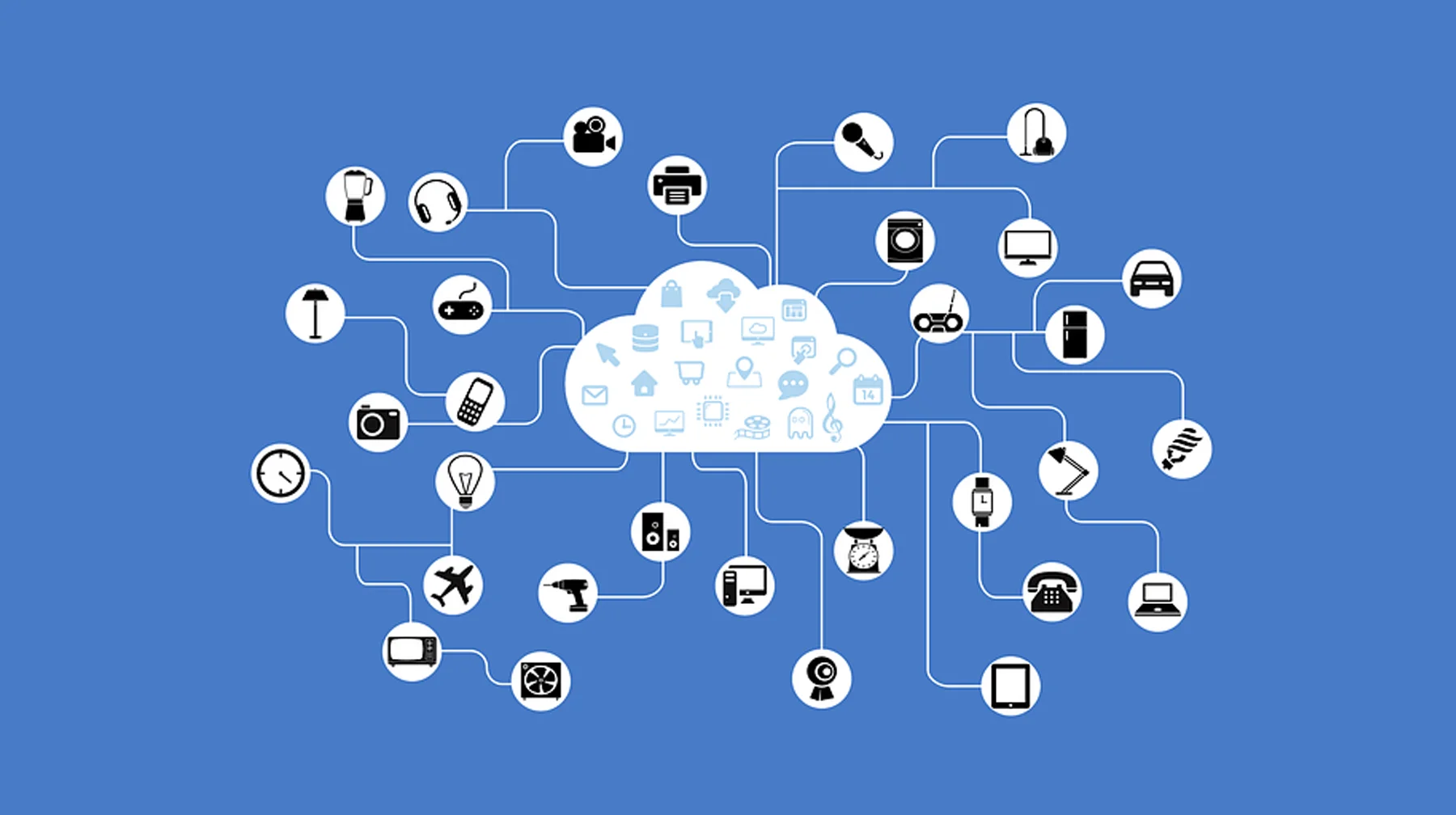Every so often you see an invention or device come along that seems so obvious and relevant that you're surprised it hasn't already been done. One of those examples recently came to our attention in the form of the TappLock, the first Internet of Things (IoT) smart fingerprint padlock.
Imagine no more hassle of finding your keys or remembering a numerical code. Instead, with Tapplock, you just put your finger on the center of the circular lock to open it at a world record rate of 0.8 seconds. The demand for this lightning fast product is in no short supply. It raised $230,000 on a campaign on Indiegogo earlier this year, which was over 500% of the original intended funding goal. It's created by Pishon Labs, a Canadian product development company.
If you're concerned about the security, you might feel more assured to know that the military uses the same AES 128-bit encryption that the lock does in order to protect their own secret documents. If someone tries to cut or break the lock, an alarm will go off and you'll be notified. You can, however, grant access to select people you know - from anywhere in the world - if you want to let them open it. This is achieved through the app the pairs with the lock, and can even be customized to control how long that person would have access to it and other details.
TappLock is also lightweight, water resistant, and even doubles as a portable phone charger so that you can simply plug into the bottom of the lock when you're on the move and power up. And you don't have to worry about the battery draining out, the lithium ion one they include lasts up to three years on one charge for the regular lock and six months for the cheaper Lite version. Their retail prices are $66 for the regular TappLock and $44 for the TappLock Lite.
Pishon Labs are scheduled to complete the mobile app and finish mass production for the TappLock this month. They've already collected feedback and done product improvement, tested the reliability of the final design for manufacturability, and of course have completed funding. Next, product beta testing and quality assurance are scheduled to begin in June before the Tapplock's then finally will get shipped out in the Fall of this year.
Photo and animation via the Tapp Indiegogo page.







































